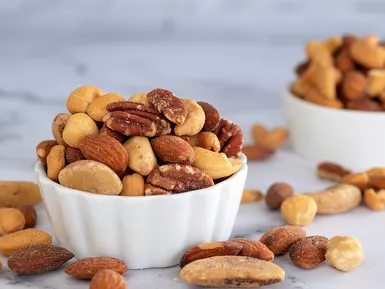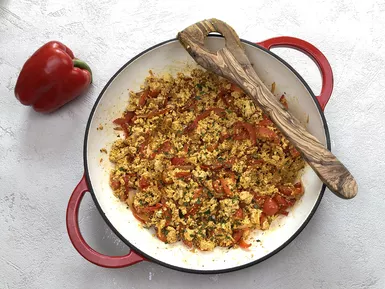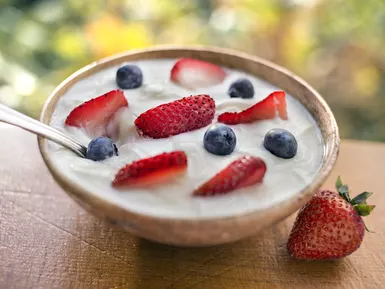Carlo Rossi Sangria: Complete Nutritional Breakdown & What You Need to Know

Carlo Rossi Sangria: Nutritional Facts & Key Insights for Conscious Drinkers
If you're a fan of fruity, refreshing wine blends, Carlo Rossi Sangria likely ranks high on your list. But when it comes to tracking calories, sugar intake, or alcohol content, understanding its nutritional profile is key. Below, we break down the facts—plus tips for enjoying it mindfully.
Serving Size & Basic Nutritional Overview
Most Carlo Rossi Sangria bottles list a standard serving size of 5 fluid ounces (148 mL)—a typical wine pour. Here’s the approximate nutritional breakdown per serving (values may vary slightly by batch; data sourced from USDA FoodData Central and product label analysis):
- Calories: 120–130 kcal
- Total Carbohydrates: 10–12g
- Total Sugars: 8–10g (includes natural fruit sugars and added sugars)
- Dietary Fiber: 0g (no significant fiber from processed fruit components)
- Protein: 0g
- Fat: 0g
- Alcohol: ~10–11% ABV (alcohol by volume), equating to ~11g of alcohol per serving
Note: Alcohol contributes ~7 kcal per gram, meaning ~77 kcal of the total calories come directly from alcohol—over 60% of the serving’s energy.
Sugar Content: A Key Consideration
Sangria’s signature sweetness comes from both the base wine and added fruit juices (e.g., orange, grape, or apple). Carlo Rossi’s version contains 8–10g of sugar per 5-ounce serving—comparable to a small apple (9g) but with zero fiber to slow sugar absorption.
For context:
- The American Heart Association (AHA) recommends limiting added sugars to 25g/day (women) and 36g/day (men). One serving of this sangria provides ~32–40% of the daily limit for women.
- Added sugars (not just natural fruit sugars) are listed separately on modern labels—check your bottle for clarity, as formulations may update.
Calorie Comparison: How Does It Stack Up?
Compared to other popular beverages:
- Regular Beer (12oz): ~150 kcal
- Sweetened Iced Tea (12oz): ~180 kcal
- Red Wine (5oz): ~125 kcal (similar to sangria, but with ~1–2g less sugar)
- Frozen Daiquiri (8oz): ~240 kcal
Carlo Rossi Sangria lands in the mid-range for alcoholic drinks but is notably sweeter than plain wine. Its fruit-forward flavor may make it easier to drink more quickly—watch portion sizes!
Tips for Enjoying Sangria Mindfully
- Stick to the 5-ounce rule: Pour into a smaller glass to avoid over-serving. A standard wine glass often holds 8–12oz, which would double or triple the listed calories.
- Pair with protein/fiber: Enjoy with nuts, cheese, or fruit (like berries) to slow sugar absorption and keep you full longer.
- Dilute with sparkling water: Add a splash of seltzer to stretch your serving, reduce calorie density, and cut sweetness.
- Check for updated labels: Brands occasionally adjust recipes—verify sugar and ABV on the bottle for the most accurate data.
Final Takeaway
Carlo Rossi Sangria is a fun, fruity option for social occasions, but its sugar and calorie content warrant moderation—especially if you’re tracking intake. By controlling portions and balancing with nutrient-dense foods, you can savor its flavor without derailing your goals.
Always drink responsibly, and consult a healthcare provider if managing diabetes or other conditions affected by sugar intake.

5 Transformative Weight-Loss Resolutions for Success

Workout Routines & Beyond: Science-Based Weight Loss

Vitamin E and Weight Loss: Unveiling the Truth

Effective Strategies to Lose Midriff Fat for Women

8 Non-Scale Victories in Your Weight-Loss Journey

Unveiling the Ornish Diet: A Path to Sustainable Weight Loss

The Power of Social Support in Weight Loss

Personalized Weight Loss: 4 Strategies for Success

Long - Term Weight Loss: Maintaining Healthy Habits

